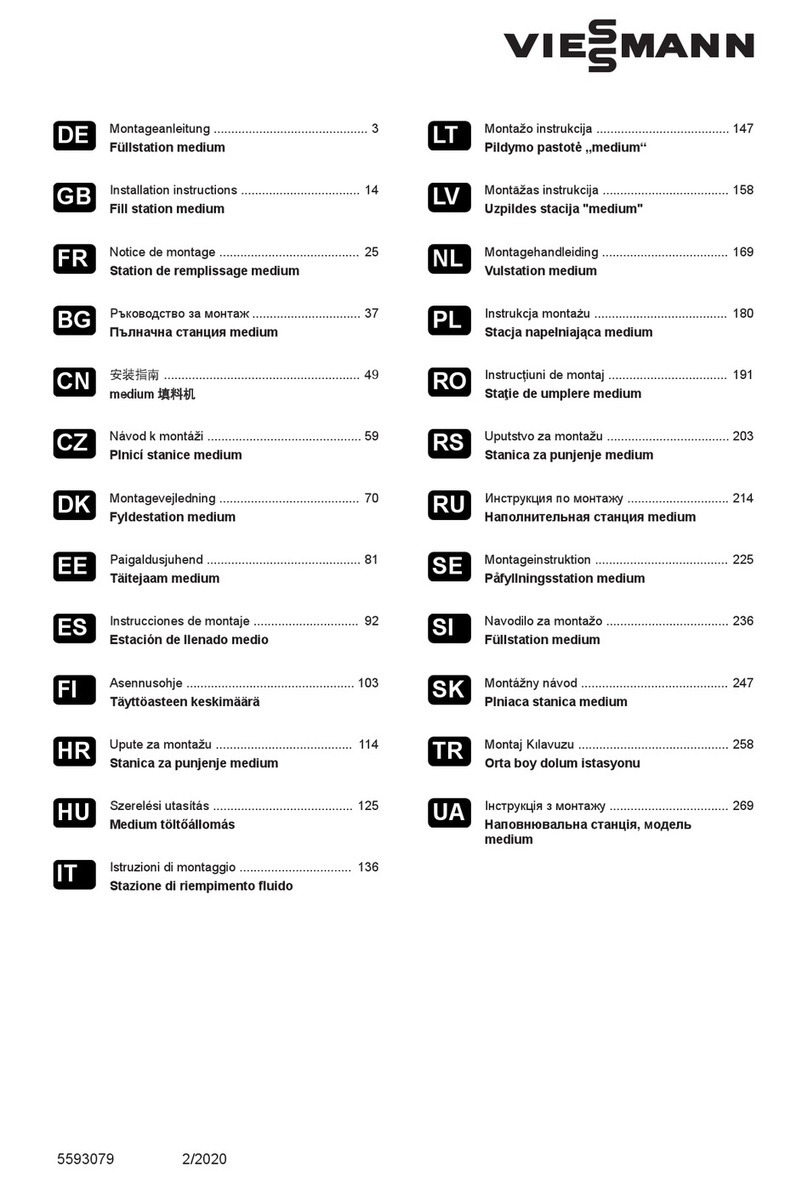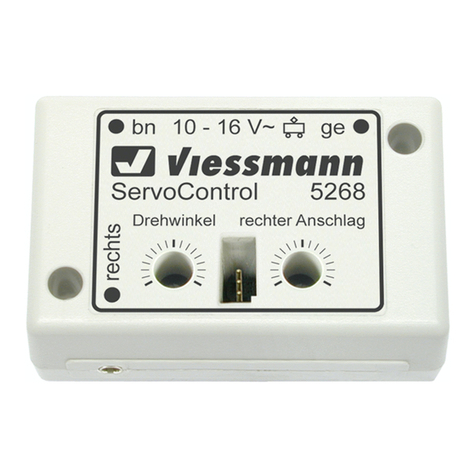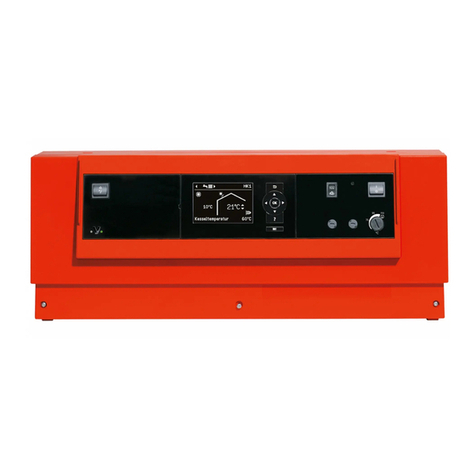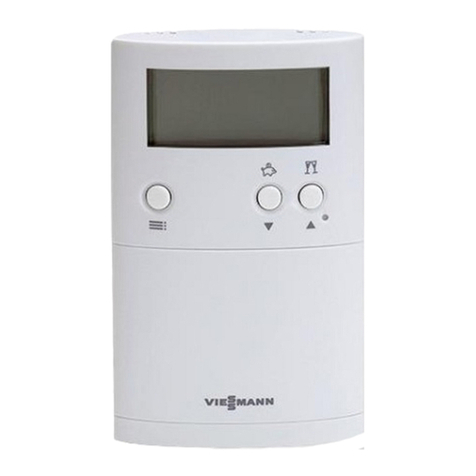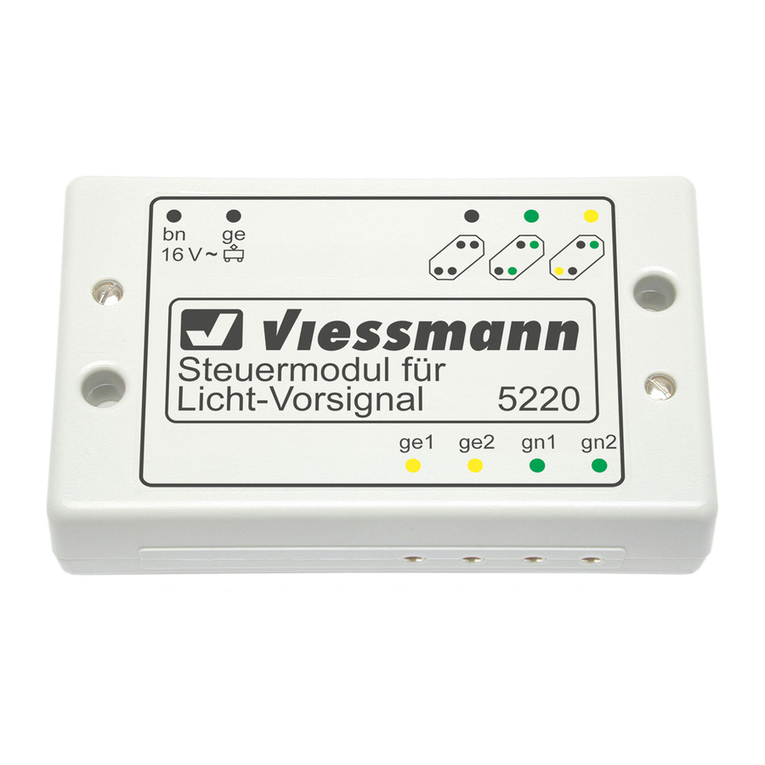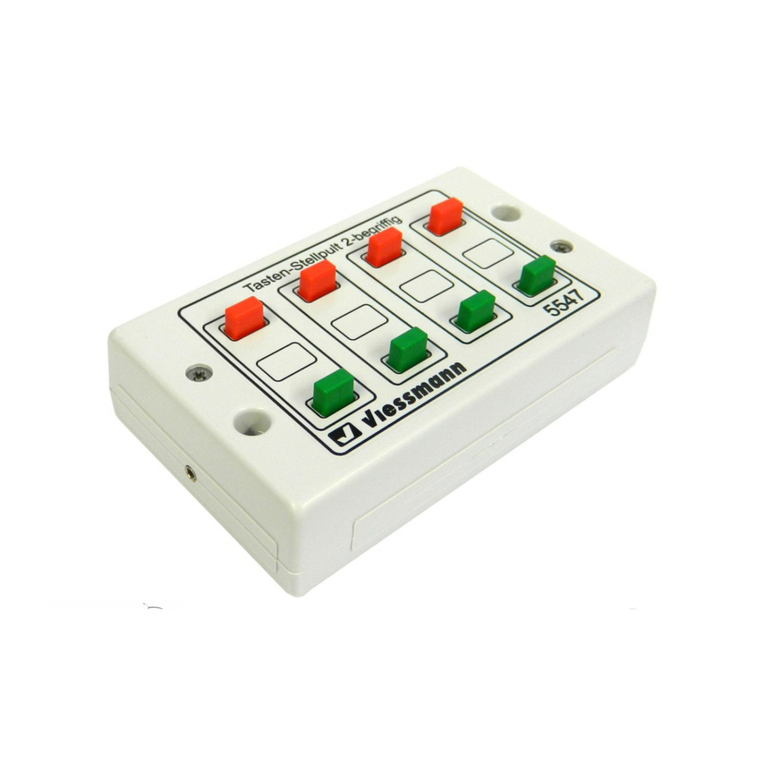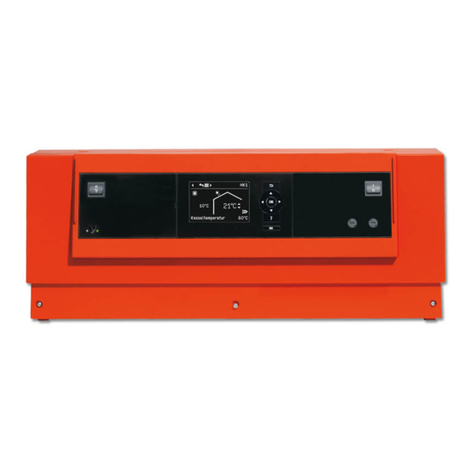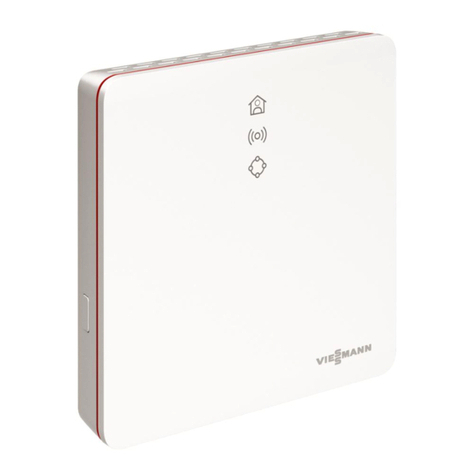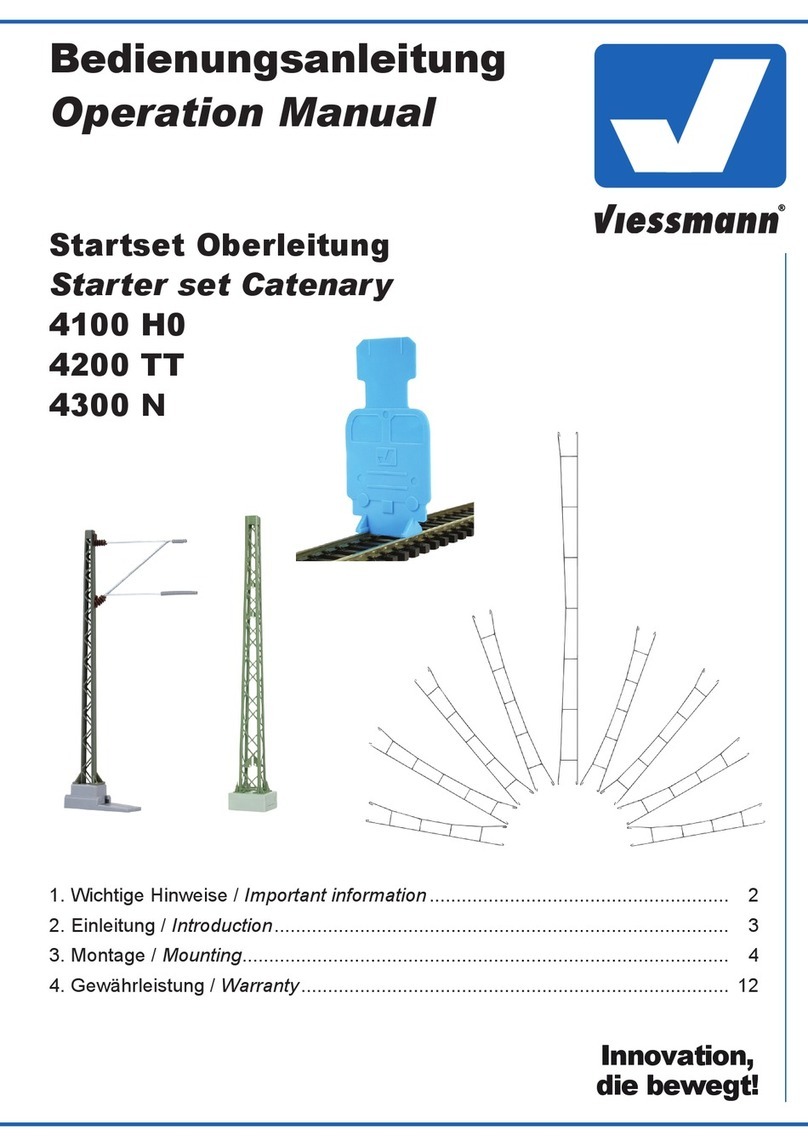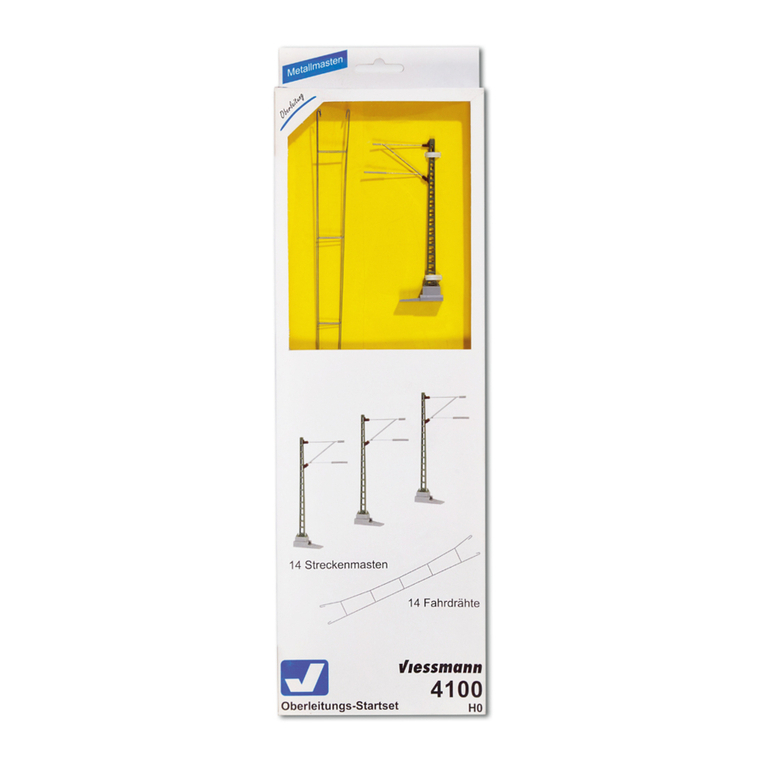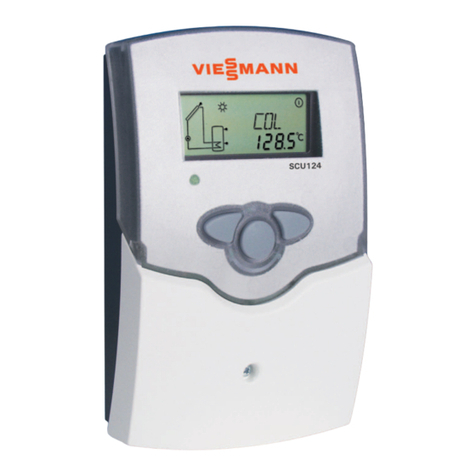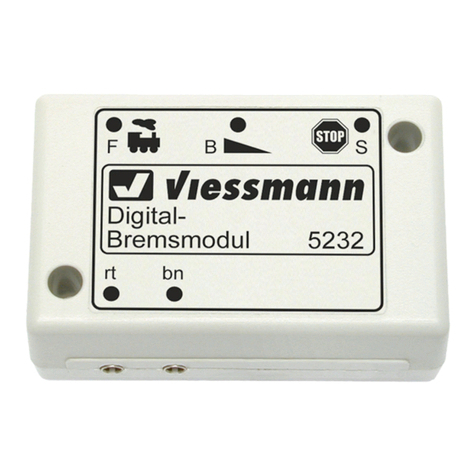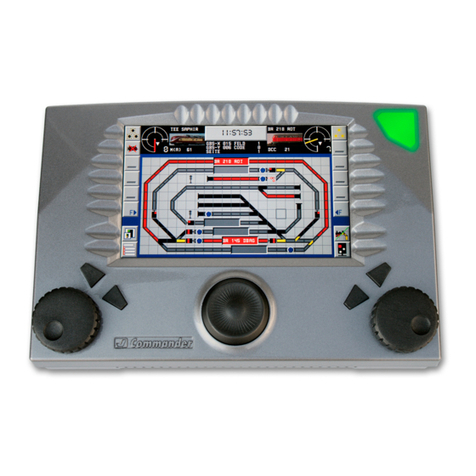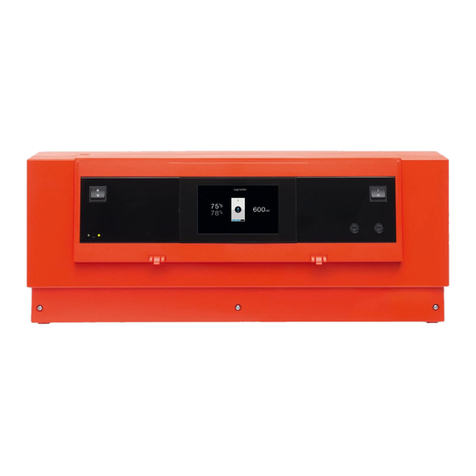1.0.2
Operation
1.0.2 Multifunction Button
Emergency Stop Functions
Emergency stop function in multiprotocol
environment (Märklin-Motorola and DCC):
The digital emergency stop commands emit-
ted from the Märklin-Motorola system differ
from those of the DCC system . They are not
compatible. This is the reason why the emer-
gency stop 1 function is only available for
each digital system separately.
To ensure that the Commander doesn’t
boot up in the multiprotocol mode, please
make sure:
► To adjust the protocol/ booster settings to
the respective digital system. If necessary,
please deactivate the option “Motorola
scanning active” ( → chapter 2.6.1.)
Emergency Stop functions
The Commander is equipped with stepwise wor-
king emergency stop functions to stop all trains on
your layout immediately.
You can activate the different emergency stop func-
tions via the multifunctional button. You‘ll nd the
description of procedure and functions below.
In case of a multiprotocol exploitation of the digital
systems Märklin-Motorola and DCC, only the emer-
gency stop 2 function is available, due to the tech-
nical differences between the two systems. You‘ll
nd more information in the box down below.
Emergency Stop 1
This emergency stop step will stop all trains imme-
diately. The track power will stay on.
Activation of emergency stop 1:
► Push the multifunctional pushbutton once in or-
der to activate the emergency stop 1. The Com-
mander transmits a stop-command to all trains.
Cancellation of emergency stop 1:
► Give the multifunctional pushbutton one short
push in order to deactivate the emergency stop
1. Letting off the pushbutton the emergency
stop 1 will simultaneously be annulled. The illu-
mination of the pushbutton will turn to constant
green again and the trains will continue running.
Emergency Stop 2
This emergency stop step will stop all trains im-
mediately cutting off the track power. The func-
tion “emergency stop 2” is also available in case of
a multiprotocol exploitation of the digital systems
Märklin-Motorola and DCC on your layout.
The moment the Commander detects a short circuit
on your layout, the emergency stop 2 will automati-
cally be activated.
Activation of emergency stop 2:
► Press the multifunctional pushbutton till the il-
lumination will turn to constantly red in order to
activate the emergency stop 2. The Commander
cuts off the power supply of the rail exit outputs.
Cancellation of emergency stop 2:
► Push shortly the multifunctional pushbutton
once in order to deactivate the emergency stop
2. Letting off the pushbutton the emergency
stop 2 will simultaneously be annulled. The illu-
mination of the pushbutton will turn to constant
green again and the trains will continue running.
► Remove all locomotives belonging to the
other digital system from the control pa-
nels. Replace them by appropriate locomo-
tives. Ensure this for both displaying mo-
des “locomotives and track diagram” and
“Locomotives”. If necessary, please delete
all locomotives belonging to the “wrong” di-
gital system which you don’t need from the
locomotive data bank. (→ chapter 1.1.1.2
and 1.2 and 2.1.8)
► Adjust the starting behaviour setting of the
locomotives to “speed step 0, additional
functions deactivated” (→ chapter 2.6.2).
► Ensure that all attachment devices (points,
signals etc.) are operating with the same
digital system as the locos (→ chapt. 2.2).
